Last update: Jun 13, 2022
SMS Segmentation Guide: How to use SMS segmentation
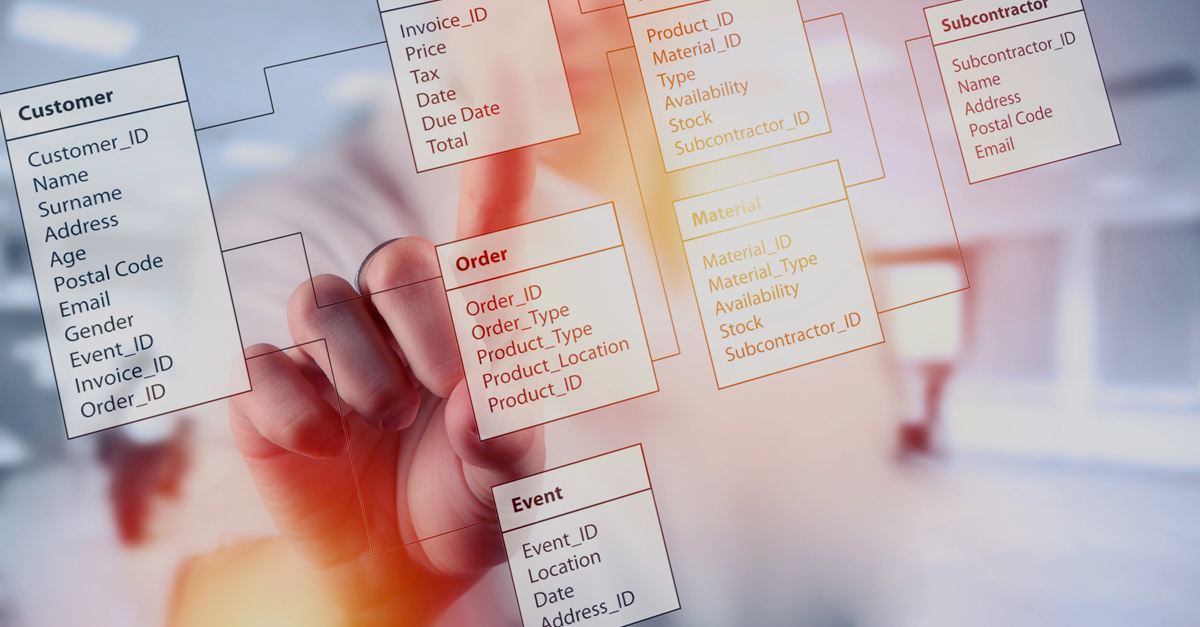

The segmentation of a database allows you to filter your agenda’s contacts and divide them according to diverse criteria to create an SMS campaign.
Some of these criteria can be:
As we have explained many times, there are many reasons to use SMS for communication, and one of the most prominent is efficiency. In most communication channels and social platforms, messages reach their recipients based on their ability to attract an audience. But an SMS has a direct impact on the recipient’s mind since it arrives without noise, and as a privileged message among many others, hence the very high open rate (more than 98%). It is for this reason that we must take advantage of segmentation to send the right message to each recipient.
Geolocation now makes it possible to target offers, launches or other campaigns exclusively to people from different geographical areas. In other words, it is about limiting the campaign to a geographical area and thus restricting the list of recipients to the objectives of this communication. Here an example:
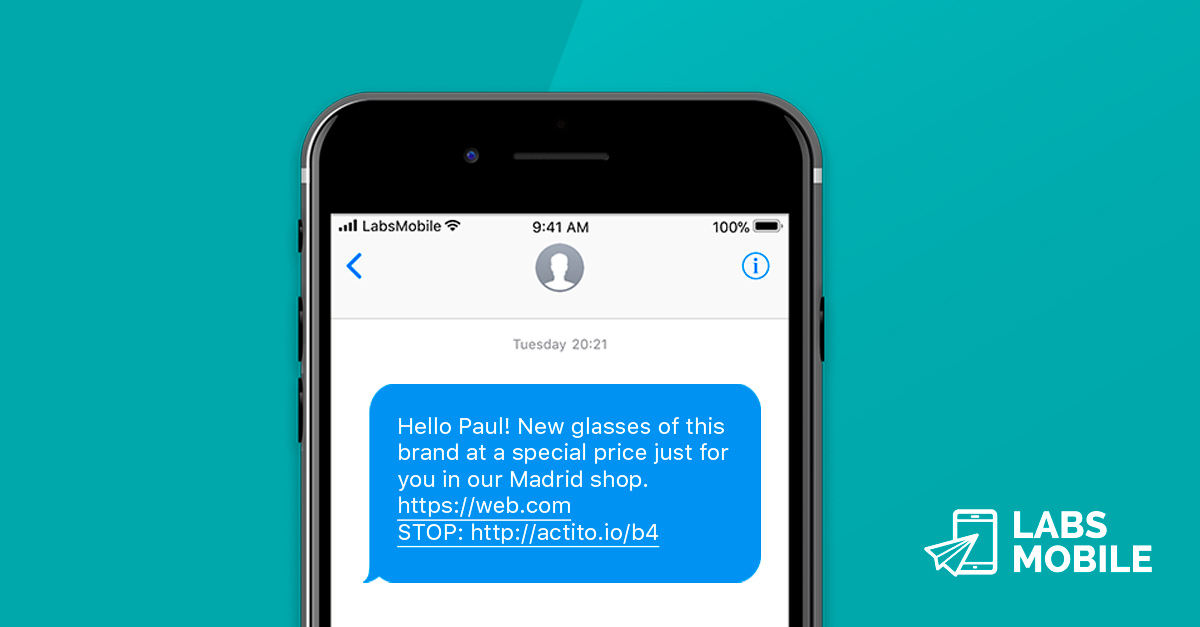
This type of segmentation is one of the main ones in SMS campaigns, since each gender has specific needs. Segmenting SMS differentiating the female and male audience is one of the most used variables.
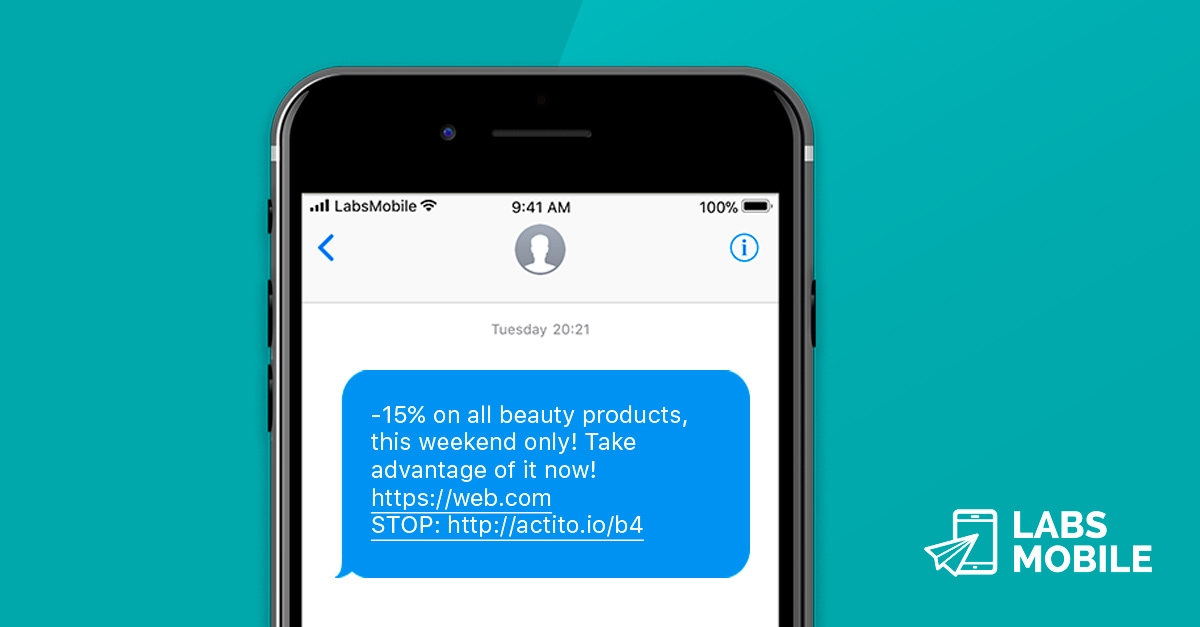
Age segmentation is another of the most fundamental demographic criteria in SMS Marketing campaigns. Brands segment by age groups since each generation has different habits. We are talking about generation Z, already fully digital. Or the Millennials, or the people born in what was considered a Baby Boom. This may seem superficial, but the way of speaking of each generation and their consumption habits are different, so the message to be sent must also be appropriate to these differences.
This segmentation criterion is more complicated since it forces the brand to know more about each profile in its database. It can be achieved with poll tools asking about your interests, your healthy habits, or your hobbies. The form is a landing page that is also sent with a massive SMS so you can later read the responses in LabsMobile’s own SMS web application.
We recommend advice from LabsMobile to know how to get the most out of the information from your database.
An example of segmentation based on lifestyle would be knowing what sport each contact in your database practices if you are a sports store. In this way, you’ll be able to send an offer according to what people like, whether it is cycling, tennis, paddle tennis or swimming, for example.
Another example would be a hotel chain that has had many cancellations and makes offers to its SMS database taking into account their touristic habits.
Knowing what each recipient buys is also an example of segmentation by lifestyle or behavior.
This type of segmentation is very useful for eCommerce since it allows you to create a follow-up of customers and improve loyalty and cross-selling.
This type of segmentation is one of the most used among e-commerce marketing. What it does is analyze the basket of each user and which people end up buying one product or another. Normally, users end up buying the same or related products and, by doing, so they show their purchasing patterns and habits.
One of the main segmentation criteria in this case is the categories of products purchased by a customer. In this way, it is possible to know what other similar or related products in which people may be interested.
An example would be to segment by sending SMS messages with a link related to certain products that are similar, complementary or consistent with the majority of purchases made by that person.
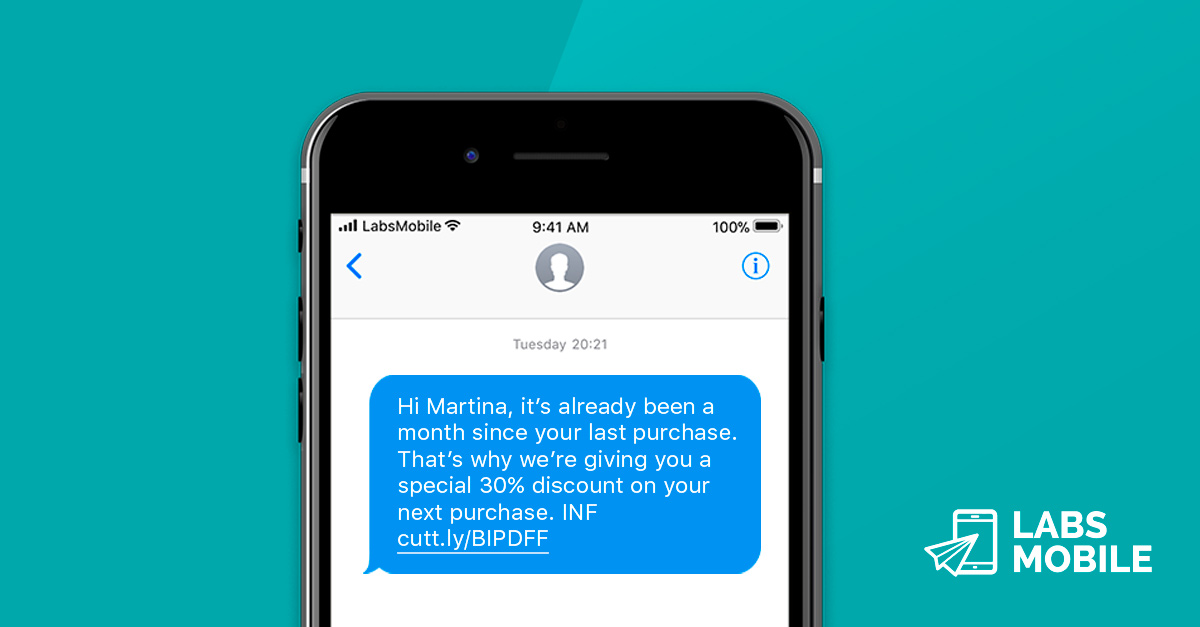
Normally, e-commerce stores tend to track the purchasing frequency of each unique user. Knowing if a customer buys every week, every 15 days or once a month helps to create the campaigns that this person will receive in subsequent communications and to be able to create a suitable offer for each customer.
For example, the most frequent customers can be offered more frequent discounts or promotions, but the customers who have not bought more than once can be sent campaigns with more discounts but with a limited time (these are time-limited campaigns).
This segmentation tries to group the database of recipients according to how they react to the communications sent previously and, therefore, they are more loyal to the brand. A group to highlight within these recipients are those who have even viralized the communications without being brand ambassadors. That is, they have shared the communications and offers sent by the brand with their contacts.
On the contrary, we have those recipients who have never or rarely interacted with or responded to communications. In this case, you can choose to attract the attention of these users with more attractive or surprising campaigns.
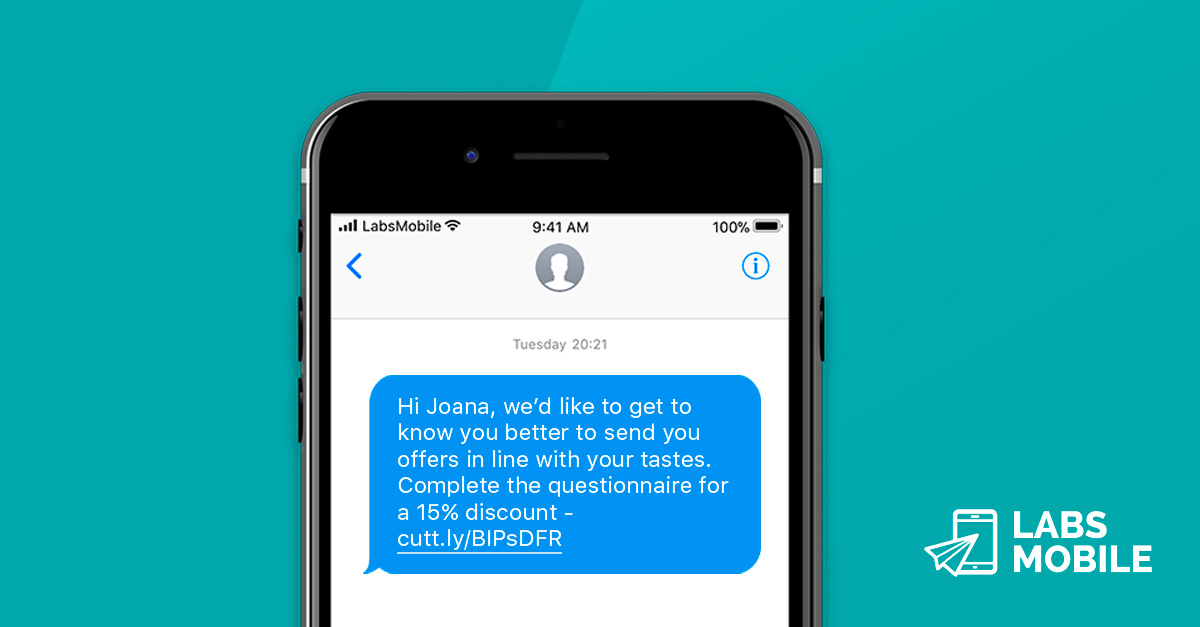
This criterion is one of the most used in eCommerce. Especially when the product offered has an established expiration date.
For example: an online shoe store that has studied that the purchase period is annual since an average person buys a pair of shoes every year, can increase the offers to those users who made their last purchase between 10 and 20 months ago and thus reward their loyalty.
Here are some recommendations to optimize your results in the segmentation of your SMS campaigns:
In conclusion, segmenting a mobile phone database to send SMS messages is to group subscribers according to certain common aspects, in order to make efforts and results more efficient. This makes it possible to send more personalized SMS campaigns so that customers respond better to the particularities of each business.